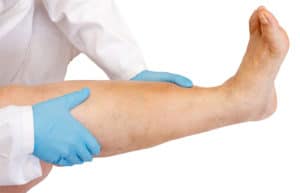How Can Exercise Prevent and Manage Cancer-related Lymphedema?
 Exercise can play a significant role in preventing and managing cancer-related lymphedema, a condition that can occur as a side effect of cancer treatment.
Exercise can play a significant role in preventing and managing cancer-related lymphedema, a condition that can occur as a side effect of cancer treatment.
Lymphedema is the swelling of a limb or body part due to the accumulation of lymphatic fluid. It commonly occurs after the removal of lymph nodes during cancer surgery or radiation therapy. Here’s how exercise can help in preventing and managing cancer-related lymphedema:
Preventing Cancer-Related Lymphedema:
Education and Awareness: Before starting any exercise program, individuals at risk for lymphedema or those who have already experienced mild lymphedema should be educated about the condition. They need to understand the risk factors and signs and symptoms of lymphedema to recognize it early.
Gradual Progression: If you’re at risk for lymphedema, consult with a lymphedema specialist or CETI Cancer Exercise Specialist to create an individualized exercise plan. Gradual progression in intensity and duration is essential to minimize the risk of overexertion and potential damage to the lymphatic system.

Managing Cancer-Related Lymphedema:

Gradual Progression: Just as in prevention, exercise for managing lymphedema should start slowly and progressively. Focus on a routine that incorporates both aerobic exercise and strength training. Your physical therapist or lymphedema specialist will tailor exercises to your specific needs and stage of lymphedema.



Skin Care: Good skin care is crucial to prevent infections in the affected limb. Keep the skin clean, moisturized, and protect it from cuts and abrasions.
It’s important to remember that the management of lymphedema should always be supervised by a healthcare professional, such as a physical therapist or a certified lymphedema therapist. They can provide you with specific guidance based on your condition and needs, ensuring that exercise is done safely and effectively. Upon completion of CLT or PT, you should consult with a CETI Cancer Exercise Specialist to ensure the safety and efficacy of your exercise program moving forward.
